5-star reviews in 5 steps — a guide to customer reviews
By Ian Floyd|5 min read|Updated Jun 15, 2023

Customer reviews are the top factor impacting purchase decisions. Soliciting customer feedback the wrong way (review gating) could land you million-dollar fines. Instead, learn how to increase the volume of reviews, reduce bias, and respond to disgruntled customers — without landing in hot water.
Customer feedback drives sales
Authentic reviews convince people to buy. They’re more important than price, free shipping, brand, and recommendations from family and friends, according to a recent study.
97% of customers say reviews factor into their buying decisions;
92% of consumers hesitate to make a purchase when they can’t find a customer review; and
79% of customers value online reviews as much as a personal recommendation.
How to get customer reviews
‘Review gating’ and the ethics of incentivized reviews
Incentivizing reviews is controversial. In some cases, it might be illegal. But research shows that incentives help businesses reach a silent subset of customers that would never normally post a review.
Tremendous believes that if you ask someone for their time and input, you should compensate them. It’s the right thing to do. And that philosophy extends to customer reviews. Our position comes with several caveats, though.
Before offering an incentive for a review, it’s important to:
Understand the pros and cons of incentivization.
Act within the bounds of the law.
Know your review platform’s rules.
Activating the silent middle
Two groups of people tend to leave reviews of their own volition: the overjoyed and the disgruntled.
Incentives encourage participation from folks who wouldn’t normally share feedback (Moe and Schweidel 2012).
Engaging the silent middle increases the overall number of reviews, which provides a broader diversity of customer opinions.
Skewed toward 5-stars
Now comes the conundrum. Incentives make the review writing process more enjoyable. That joy seeps into the customer’s sentiment in their review of your company.
Ultimately, this can skew reviews toward positive results (Woolley, K., & Sharif, M. A. 2021).
Overly rosy reviews create unrealistic customer expectations and can lead to customers making purchase decisions using imperfect data.
If your product or service doesn’t live up to the hype, customers become upset, churn, and (publicly) sour on your brand.
Can’t paper over problems
If people are unhappy with your product, offering an incentive won’t save you.
Research shows that things can obtain negative properties from bad associations (Rozin and Royzman 2001). For instance, people don’t want to wear a sweater when told it was owned by Hitler (Nemeroff and Rozin 1994).
The same logic applies to reviews.
An incentivize to review + a company you like = generally positive review
An incentivize to review + a company you’re ambivalent about = skews positive
An incentivize to review + a company you hate = negative review
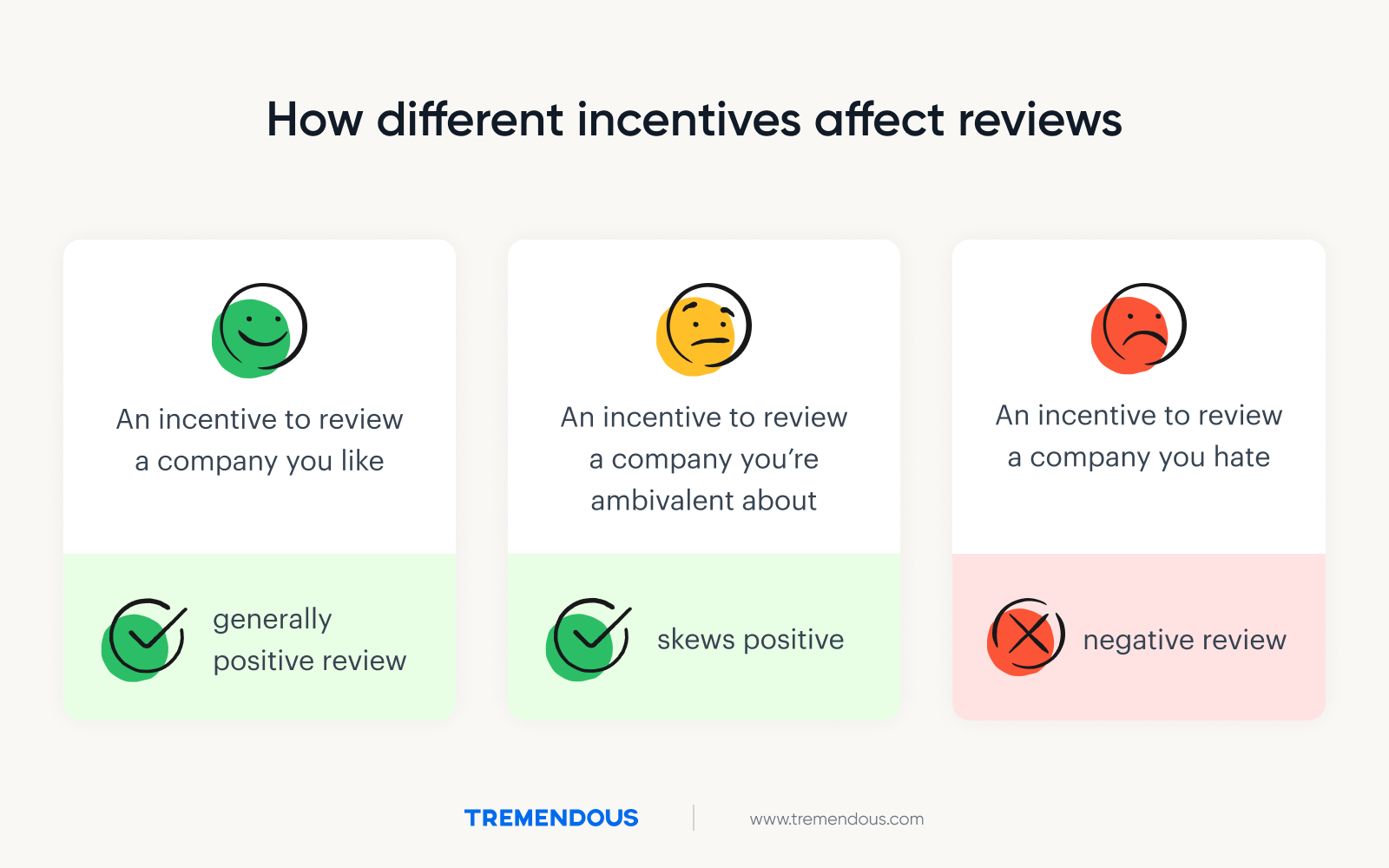
Softening the bias
The chief problem with incentivizing reviews is the results are skewed toward being unrealistically positive. Researchers offer a solution.
Disassociate the incentive from the act of writing a review. This can still encourage volume and reduces the incidence of biased results.
For instance, survey your clients and offer an incentive for completing the survey. Follow up with them later, and ask for a review.
Thus the compensation is for the survey, not the review.
Avoid review gating
Review gating is the practice of requesting reviews from only your happiest customers, or actively suppressing negative reviews. This distorts perception of your brand and fosters distrust in the review process. Also, it’s illegal.
In January 2022, fashion retailer Fashion Nova LLC agreed to pay the FTC $4.2 million for suppressing customer reviews.
In the same month, the Federal Trade Commission (FTC) release Soliciting and Paying for Online Reviews: A Guide for Marketers. Per the FTC:
Don’t ask for reviews from people who haven’t used or experienced the product or service.
Don’t ask your staff to write reviews of your business, at least not without ensuring that they disclose in their review that you employ them and asked them to write it.
Don’t ask for reviews only from customers you think will leave positive ones.
Don’t ask family and friends for reviews, at least not without ensuring that they disclose their personal connection in the reviews.
If you offer an incentive for a review, don’t condition it, explicitly or implicitly, on the review being positive. Even without that condition, the review should disclose the incentive, because its offer may introduce bias or change the weight and credibility that readers give the review.
Learn the rules of your platform
Rules around incentives and requesting reviews vary widely by platform.
Incentives are banned on Google Reviews.
G2's community guidelines outline strict rules on the topic, but do permit incentives.
Yelp’s policy restricts businesses from even requesting a review (incentivized or not).
Trustpilot flags reviews that were requested by the business.
Read and follow each platform’s rules. Remember: reviews influence purchasing decisions. Getting booted from a platform could be catastrophic.
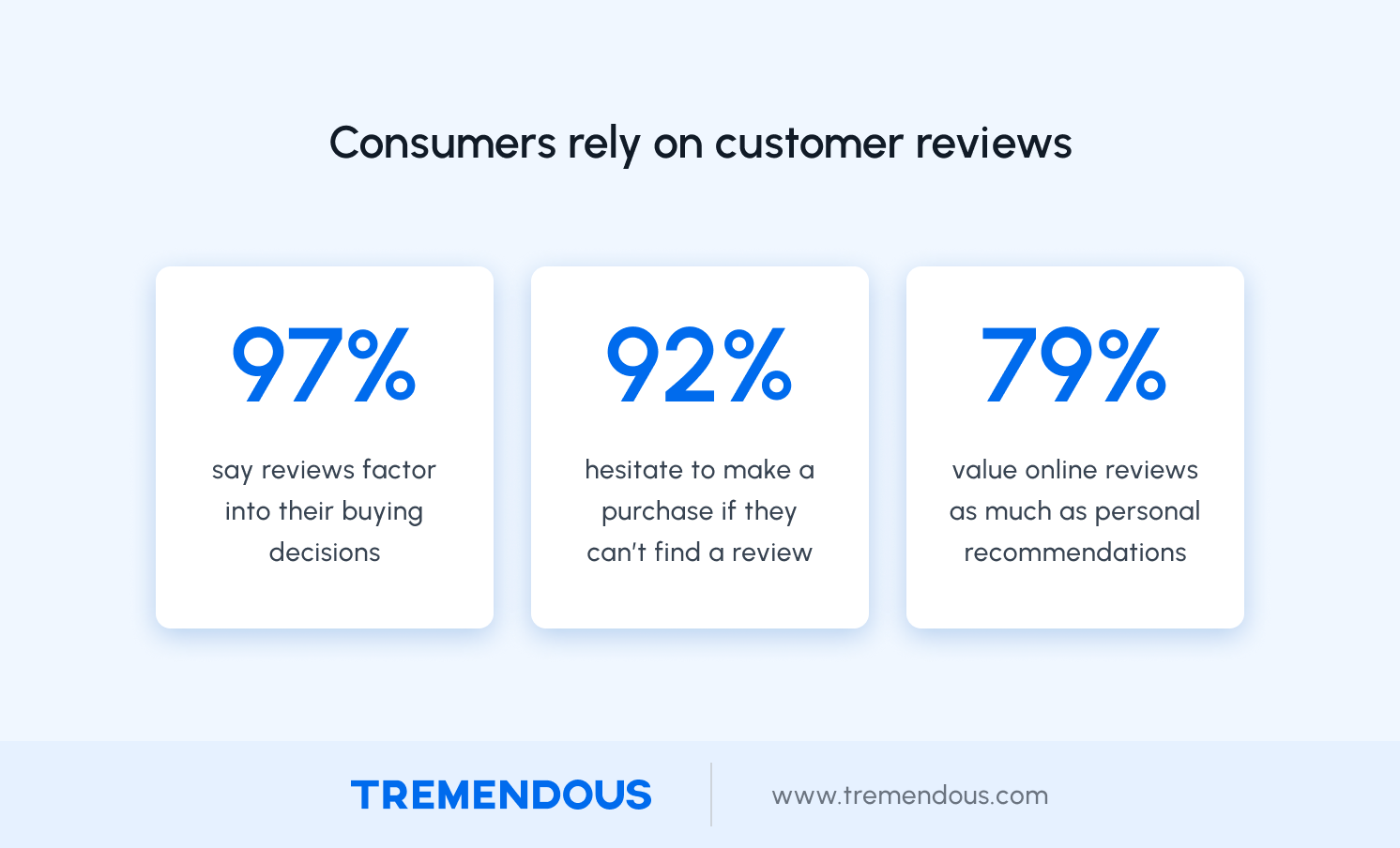
Step 1: Get established on a review site and pick a category
Like any strategic marketing effort, the first step is knowing your audience.
There are dozens (if not hundreds) of review sites. You want to identify the ones that are most relevant to your company. Where are customers most likely to go looking for reviews of your product or service?
For software companies, review sites like G2 and Capterra are extremely popular, with many millions of reviews on all types of tech services.
For brick-and-mortar shops, Google Reviews and Yelp are standard go-to’s for consumers.
Once you’ve targeted a few sites, create a profile and pick a category.
Make it easy for people to find your company when they search for whatever product or service you offer by selecting an appropriate category (or multiple).
To do this:
Think like your customers: What terms do they use to describe your company’s service or product?
Find your competitors and see how they’re categorized.
If you have a new product or type of service that doesn’t fit an existing category, some sites allow you to suggest new categories. Take advantage of this to ensure your customers can find you.
This isn’t always as easy as it sounds.
For example, Tremendous fits within the umbrella term of a “payments” product or service. But that’s so broad and includes a long list of companies like Square and Paypal that offer much different solutions.
Similarly, “customer loyalty software” could include all types of other services — like survey instruments — that have nothing to do with digitally paying individuals incentives and rewards.
On the other hand, “incentives” is specific and clear, making it likely that customers will be able to find Tremendous without searching through reviews for dozens of unrelated services. One of Tremendous' main categories on G2 is Rewards and Incentives.
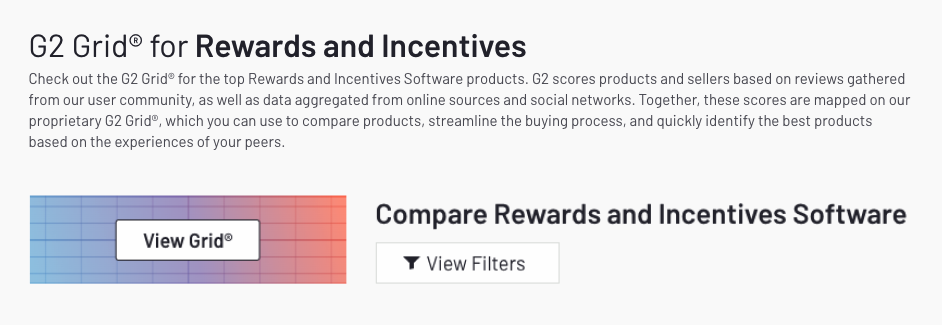
Step 2: Contact your customers
Now that people can find you on the most relevant review sites for your company, it’s time to start generating reviews. (Again, confirm the rules and policies of your review platform.)
For tech companies, this can be as easy as adding a simple feedback form that pops up within an app after someone’s used it for a bit.
B2C or retail companies would time their feedback request at key points in the customer journey — after they’ve made a purchase, received their order, or experienced your service.
Step 3: Incentivize customer reviews
Piggyback on existing methods for communicating with customers.
To reduce incidence of biasing results, incentivize customers for completing a survey or taking another action that’s unrelated to the review.
As a follow-up, ask them to submit a review (but don’t inform them they’ll be paid an additional incentive).
If they complete the review, send them a thank-you gift.
This method allows the company to increase volume of reviews without skewing the results to be overly favorable. This process can also be largely automated:
1. Ask for a review directly from the survey experience
Some survey platforms have built-in integrations with review platforms like G2, so you can direct users to a review page immediately after they finish your survey.
2. Follow up with a review request via email
Immediately following an interaction with a customer, send them an email requesting a review.
Picking the right amount for your incentive is key. You want to land on an amount that gets someone to act but also won’t break the bank if you get many takers.
As a general rule of thumb, it’s common for companies to pay anywhere from $25 to upwards of $100 for a single review.
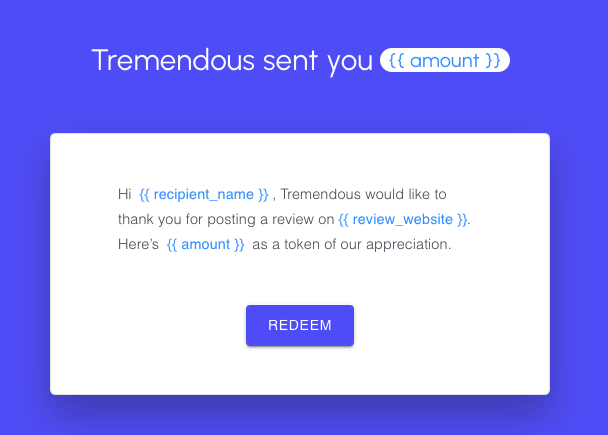
Step 4: Share reviews with your team
Customer reviews aren’t just helpful for generating new customers. They also provide critical insights about your company’s products or services, letting you know what customers most love about your company as well as areas to improve.
Make use of this data by sharing reviews with your team. It has the add-on effect of making coworkers happy.
For example, if a review mentions their experience with customer service, or comments on your company’s product packaging, or critiques your user interface, make sure the people in charge of those areas benefit from that feedback.
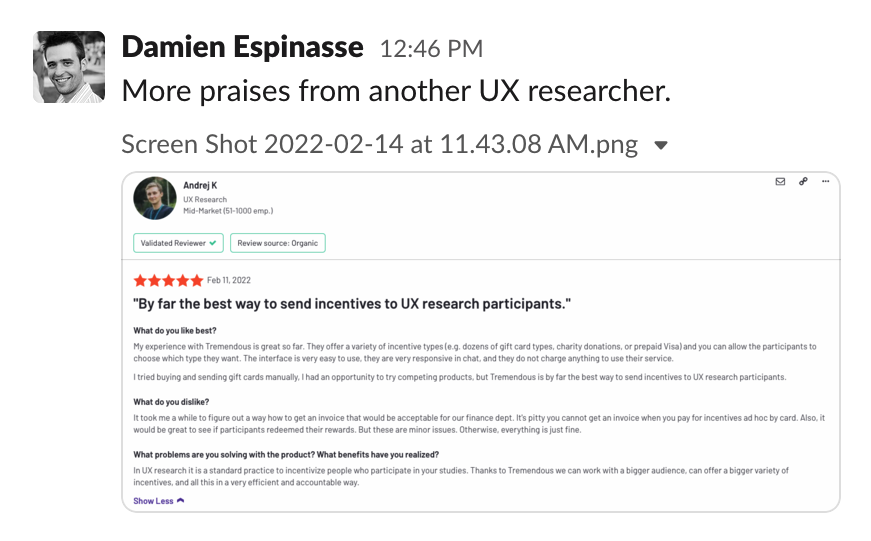
Step 5: Respond to reviews
Whether positive or negative, a customer review is an opportunity to display your company’s brand and values.
Negative reviews: Investigate the complaint. If possible, fix the issue that yielded a negative experience. Then reply. Be understanding, make the customer feel heard, explain how you’re addressing the situation, and encourage them to contact your customer support team if they wish to discussion the matter further.
Positive reviews: These folks are your advocates. Thank them and see if there are other ways they’d like to engage with your brand.
Despite being controversial, researchers found that 51% of reviews are incentivized. If done in a fair, transparent, and tactful manner, you can market like a tech unicorn and win new customers through digital word-of-mouth.
Learn how to build an effective referral marketing strategy.
Published June 15, 2023
Updated October 2, 2023


